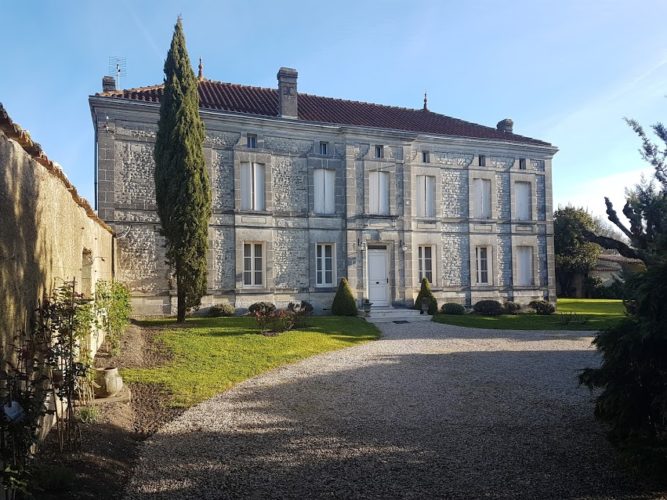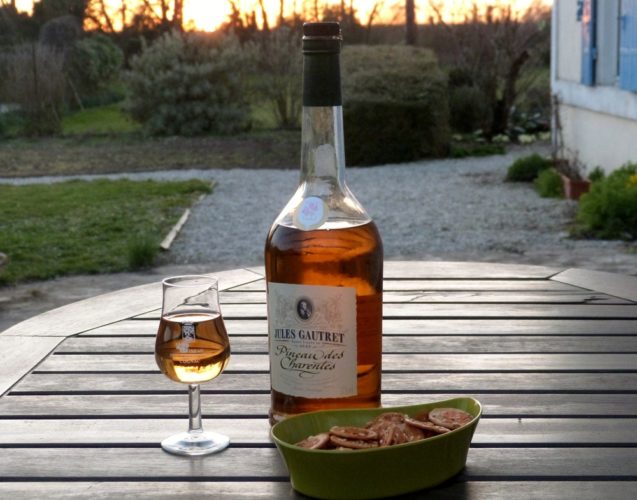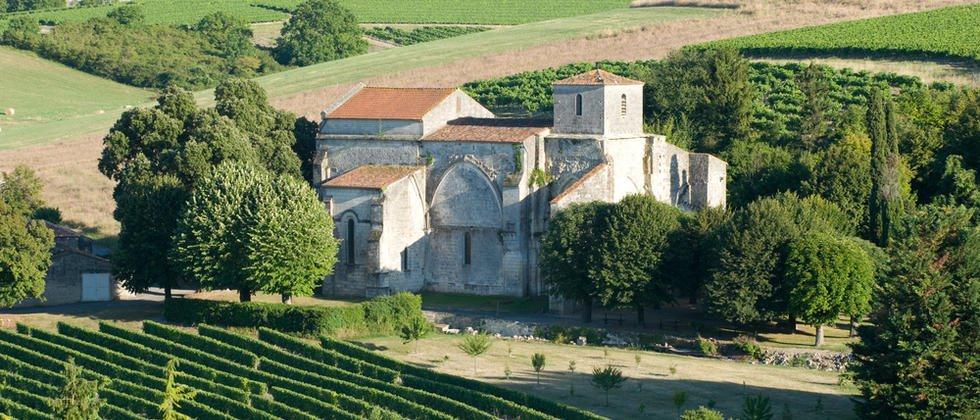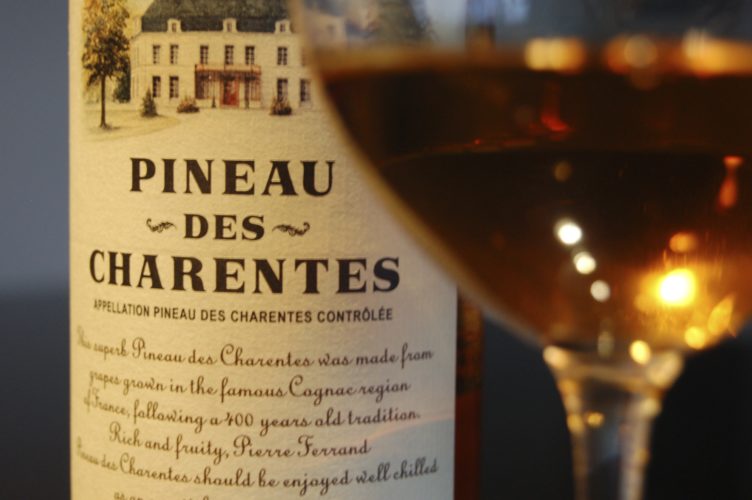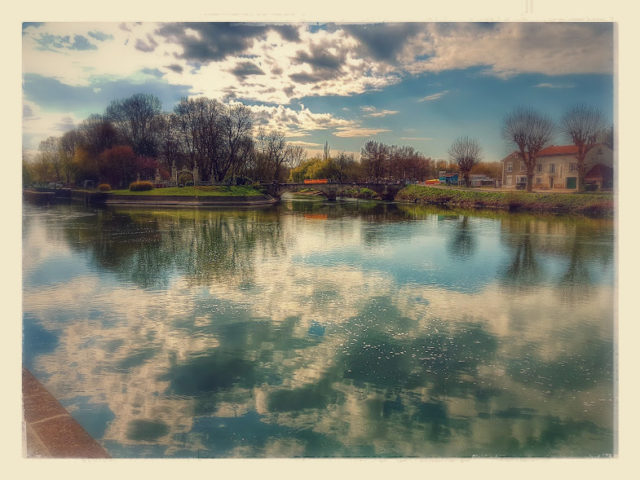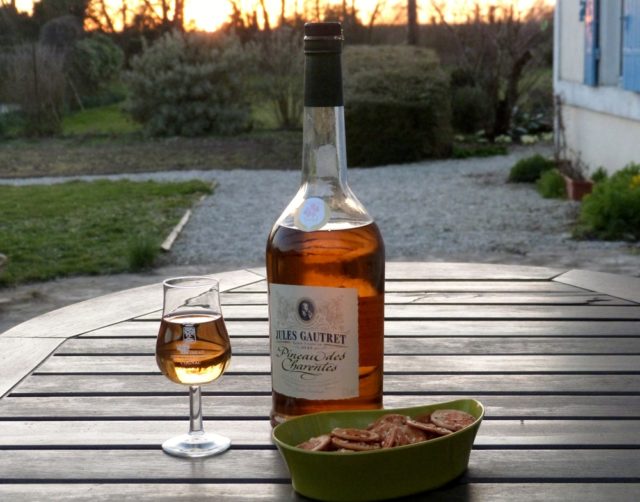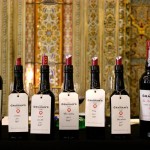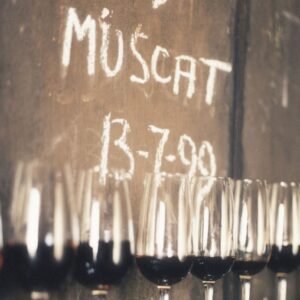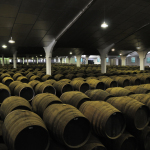Pineau des Charentes: cognac’s forgotten alter ego
Reinhard Pohorec•Factotum Fortified
No, it’s got nothing to do with pine needles. Nor is it some weird sort of slightly smelly French goat’s cheese delight. This is a treasure hunt and demystifying attempt of one of the world’s greatest “trésors perdus”, Pineau des Charentes.
Chances are, if you take your booze game seriously, you’ve come across the Charente-Maritime region at some point of liquid indulgence. A little town called Cognac sits proudly in the heart of this department, roughly 400 kilometres southwest of Paris. It reaches west to the Gironde estuary and the islands of Ré and Oléron and east to Angoulême and the foothills of the Massif Central. Some of the most prestigious and luxuriously elegant bottles of the spirit’s world see the light of day here.
The countryside is made up of plain and low rolling hills, quiet meanders of French countryside romance. Century-old stonewalls draped with washed-out white window shutters here and there, little benches nestling up against facades. Silent witnesses of days gone by, time capsules in our ever-accelerating routine – yet cornerstones and guardians of “what could be”, politely reminding us of life’s real values.
One cannot elude the enchantment of this area, not even mentioning waving a glass of VSOP or XO in hands. But that’s a different story altogether.
Since you’re a regular of the author’s fortified ravings, you may have also heard about an obscure beverage called Pineau des Charentes. As the name suggests: Charente Maritime is where this liquid beauty originates, and yes, it’s got some sort of liaisons familiales avec du Cognac. Why wouldn’t it?
The grape varieties include: ugni blanc, colombard, sémillon, sauvignon, montils, merlot noir et blanc, cabernets sauvignon et franc, jurançon blanc et folle blanche. Mostly unfermented must, beefed up by the addition of eau de vie de Cognac (distilled at least from last year’s harvest) before gently dozing away for another couple of years. The range goes from fresh, fruity and lively to decades old, well-matured and savoury rancio toned. What else could one possibly dream of?
Since there’s hardly any alcoholic fermentation going on, Pineau would rather be categorized as a mistelle than a fortified wine – somewhat of a grape juice on steroids, offering a little extra kick. Success!
Speaking of success, is a bit of a farfetched dream when it comes to Cognac’s light and bright relative. Yes, you’ll most likely find a glass of white or red Pineau des Charentes on local Charentaise menus but –en gros– that’s about it. Even in France (same goes for Cognac by the way) Pineau is having a hard time, mildly put.
As always there are a few curious minds out there, a bunch of so-called mixologists looking for the next hidden gem or underappreciated treasure to serve. The vast majority of bar professionals though will have big question marks in their yes when one asks about Pineau. Pine what? Is it edible?
The possibilities to serve or work with this fortified delight are endless. It’s great on its own, neat in a nosing glass, on the rocks, “spritz-ed” up with something fizzy (soda for purists, tonic for today’s arty-farty fancy young drinkers, Champagne for the posh ones), or carefully worked into cocktails.
It will get your juices flowing before dinner, accompany complex dishes as well as rounding of a meal or making for a mean cigar pairing.
Make your pick, but please, do make a pick after all. Ask your favourite restaurant’s patron, keep on bothering your bartender until he or she gets hold of a thus obscure bottle with some frenchy labelling and wording on.
Drink it, for god’s sake. Because it’s delicious, because it’s a long forgotten treasure that needs to be revisited, because you can.
Santé.



